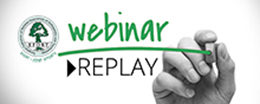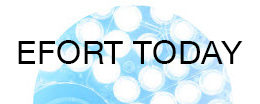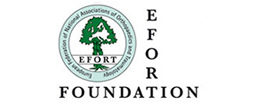BEIJING – EFORT and the Chinese Orthopaedic Association aim to hold joint training events.
By Prof. Dr. Wolfhart Puhl, Immediate EFORT Past President
Our first contact with China dates back to 1981. A small wooden bridge led out of Hong Kong into this enormous country. In my memory, parallel lines of cyclists dominated the streets. Among the first medical impressions were visits to outpatient trauma clinics, as well as the excellent outcomes of micro and replantation surgery in the six-person hospital in Shanghai.
Many journeys to China followed, along with lectures and live surgery sessions. China was changing with vertiginous speed. Based on culture and science that was thousands of years old, a new society, industry and technology moved into the future.
Chinese orthopaedics and traumatology have been developing especially well in recent years. Just over three years ago, the Chinese Orthopaedic Association (COA), under the presidency of Prof. Guixing Qiu (Beijing), gathered for its first congress in Beijing. It was already a huge event. National and international contributions made it an excellent meeting. It was an honour for EFORT’s representative to speak at the opening ceremony.
By last year, when the congress was held in the old imperial city of Sushu, south of Shanghai, the congress and the team effort of the COA had grown remarkably, as had the industry exhibition, with more and more Chinese companies.
Desire for closer collaboration
After several years of positive cooperation and growing trust on both sides, the desire for closer collaboration is now clear.
His Excellency, the long-standing Chinese ambassador to the Federal Republic of Germany, facilitated discussions about politically stabilised cooperation, and also helped to strengthen and maintain this process. The next step was an invitation to meet representatives of the Chinese Ministry of Health. The meeting took place in Beijing before the last COA congress in November 2008 in Sushu. As EFORT representatives of European orthopaedists, we were asked to organise training events in coming years in collaboration with the COA and with the help of the ministry, and have also been asked to help develop standards.
We were delighted to respond positively to these proposals. A letter of intent was signed with Prof. Qiu during the COA congress. The legal and organisational preparations for the first events in China (starting in Beijing) are now underway.
In this dynamic situation, another group contacted us with the aim of establishing a partnership with EFORT in the rest of Asia. This would involve some kind of cooperation with APAS, the Asian Pacific Arthroplasty Society. There are some contractual questions still to be resolved here, but the first event is scheduled to take place late in 2009 – and a number of Asian cities are interested in hosting the meeting.
What does this development mean to EFORT and its members?
European orthopaedics is well respected in Asia, and this positive image is the reason for the desire for close collaboration. These relationships will become more and more important in the future.
To build up this constructive relationship in practical terms, we need active help from the best orthopaedists and traumatologists in EFORT. EFORT members – the national societies – as well as the speciality societies in Europe dedicated to musculoskeletal conditions – are currently looking for experienced colleagues who would like to get involved with this alliance. The aim is to find the best experts in common orthopaedics and every subspecialty.


